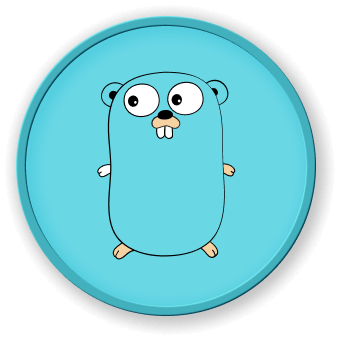Interface Composition
Understanding Interface Composition
Interface composition in Go allows creating complex interfaces by combining simpler interfaces, providing a powerful mechanism for defining flexible and modular type behaviors.
Basic Interface Composition
type Reader interface {
Read(p []byte) (n int, err error)
}
type Writer interface {
Write(p []byte) (n int, err error)
}
type ReadWriter interface {
Reader
Writer
}
Practical Example of Interface Composition
type Logger interface {
Log(message string)
}
type Validator interface {
Validate() bool
}
type ComplexService interface {
Logger
Validator
Process() error
}
type ServiceImplementation struct{}
func (s *ServiceImplementation) Log(message string) {
fmt.Println("Logging:", message)
}
func (s *ServiceImplementation) Validate() bool {
return true
}
func (s *ServiceImplementation) Process() error {
return nil
}
Composition Strategies
| Composition Type |
Description |
Use Case |
| Simple Embedding |
Combining existing interfaces |
Creating more complex interfaces |
| Method Addition |
Adding new methods to composed interfaces |
Extending interface capabilities |
| Conditional Composition |
Dynamically composing interfaces |
Flexible type behaviors |
Advanced Composition Techniques
Multiple Interface Embedding
type AdvancedService interface {
Logger
Validator
Processor interface {
Process() error
}
}
Composition Visualization
graph TD
A[Logger Interface] --> B[Log Method]
C[Validator Interface] --> D[Validate Method]
E[ComplexService Interface] --> A
E --> C
E --> F[Process Method]
- Interface composition has minimal runtime overhead
- Provides compile-time type checking
- Enables more modular and reusable code design
Best Practices
- Keep interfaces small and focused
- Compose interfaces for specific use cases
- Avoid creating overly complex interfaces
Error Handling in Composed Interfaces
type ErrorHandler interface {
HandleError(err error)
}
type CompleteService interface {
Logger
Validator
ErrorHandler
Process() error
}
LabEx recommends mastering interface composition to create more flexible and maintainable Go applications, enabling developers to build scalable and modular software architectures.




